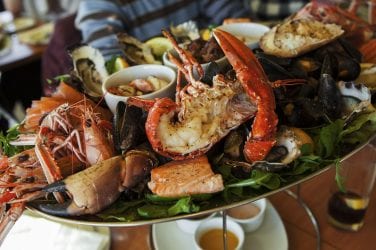Creating a wildlife garden is an important way of helping precious animal species to survive. In today’s world where climate change, industrial farming and pollution have contributed to wildlife losing their natural habitat, it is our moral responsibility to provide a place for them to thrive. Here are some tips and ideas on how to make a little wildlife paradise in your own garden.
Attract birds with nest boxes
Nest boxes are good tools for attracting birds that make nests in cavities. These include tits and robbins. To attract these birds to your nest boxes, put out some food in bird feeders and place the feeders beside your bird box. Ideally you should put out your boxes during winter so that the birds will decide to use them to build their nests. Don’t place the boxes very high up and use a box that will suit the kind of birds you want to attract. Also, ensure that you clean your nest boxes thoroughly in between breeding seasons because birds will not reuse old nests.
Create hedgehog shelters
Unfortunately, the population of these small prickly creatures has been on the decline for some years now. You can have fun by making a hedgehog house as a DIY project or you can buy one from a reputable garden supply store in your locality. After you start to attract hedgehogs, remember to clear the empty house annually at the end of March.
Grow bird of paradise
If you live in a warm tropical climate, you can plant certain flower varieties that will attract birds to your green oasis. The bird-of-paradise (also called Strelitzia) is part of the banana family and it produces a very colorful and attractive flower that needs birds for pollination. The plant is a gardener’s delight because it needs very little maintenance. It does not shed leaves and it is resilient enough to grow without frequent watering.
Build a compost heap
Composting is an effective way to attract and keep reptiles, worms and other wildlife. Put the cuttings and peels of your fruits and vegetables in a compost pile. Set aside a place a little further away from your house to develop a compost heap. Add your peels to the top layer as often as you can. Within a short time, you will see worms, maggots as well as their predators. These will then draw the birds and little mammals in. Your heap will also be a perfect place to breed slow warms and toads.
Plant trees and shrubs
Provide a nice environment for different types of birds to feed, breed, sing and play by planting trees in the spring. For instance, you can select shrubs or trees that produce berries at different times of the year. These trees should also offer good foliage in the fall and blossom in the spring. You can choose from: mulberry, juniper, serviceberry, dogwood and black tupelo.
Set up a pond
When you build a pond, you are creating a habitat for different kinds of creatures. Frogs and newts can breed and live there while thirsty birds can drink and cool their bodies in the water. However, you can’t rear ornamental fish in the pond because they will eat up the eggs and tadpoles of the frogs. Whether you have the funds to create a stone-walled pond or you can only afford a small water feature made with an inverted dustbin lid, you can still create a place for aquatic wildlife to thrive.
Cut back on pesticides
As much as possible, stop using pesticides and other chemicals that destroy insects. Insects form a vital part of the natural plant breeding cycle. To attract more insects, you can allow some of your grasses to stay tall because long grass can help many species of insects. Insects will pollinate the flowers and they also serve as food for other animals in your garden.
Attracting wildlife to your garden need not be a very difficult task. You can use the tips provided here to transform your yard into a place where various types of insects, birds, reptiles and little mammals can thrive. This is a great way to preserve various animal species and maintain a healthy and stable ecosystem.







